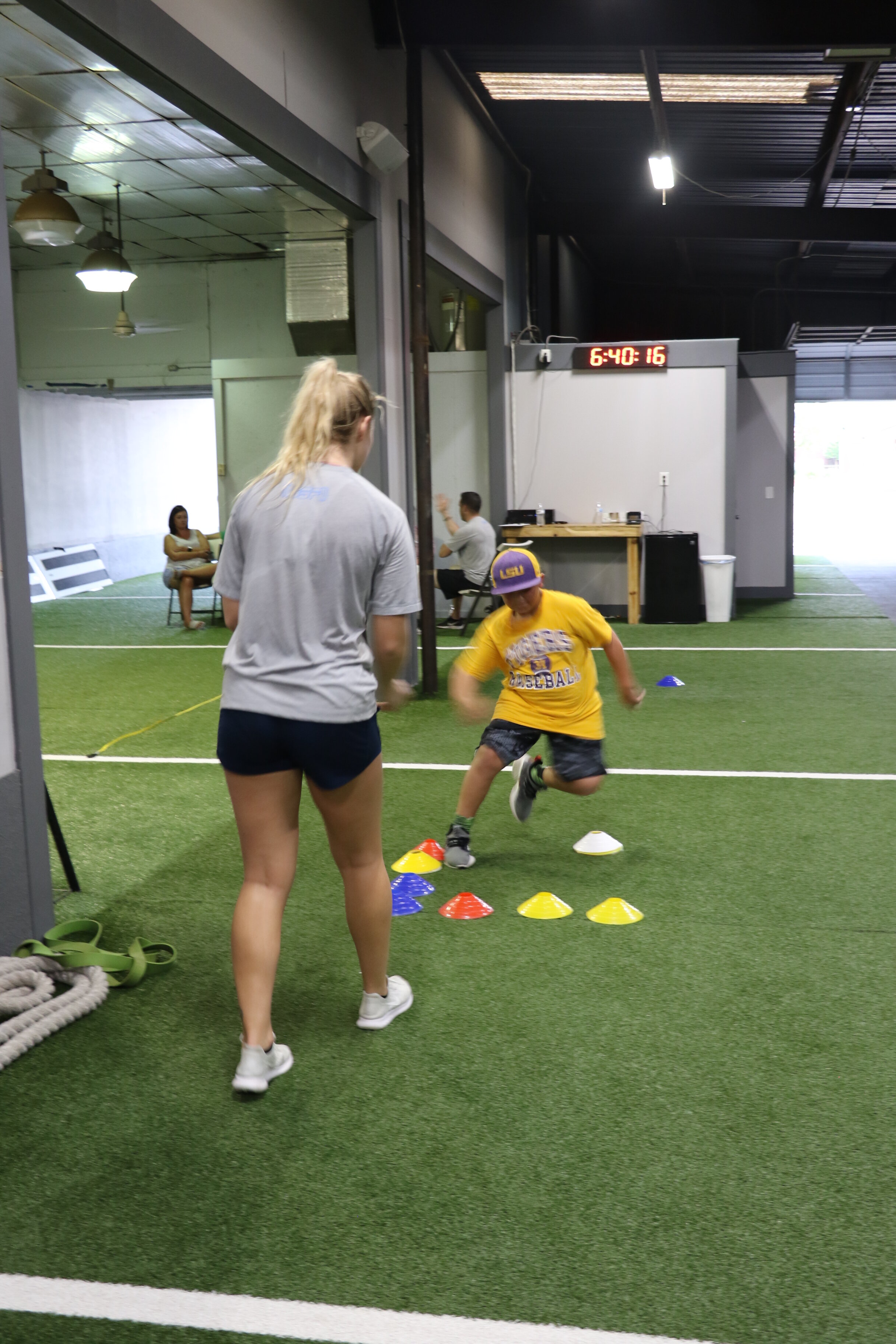3 Tips for Developing Speed before Baseball Season
With baseball season fast approaching, many are currently evaluating their time spent during the off-season. They are evaluating their current level of preparedness for the upcoming season. For many they spent countless hours in the cage taking cuts or on the mound with their pitching coach, but far fewer have done anything about their conditioning and speed.
With only weeks prior to the season beginning you have just enough time to make sure that you are in a decent position for that first day of conditioning. You won’t blow anyone out of the water, however, you also won’t be watching everyone else from the rear.
With that said, here are 3 tips to keep in mind when performing your own speed training prior to season.
When it comes to speed development for baseball it looks very similar to speed development for any sport, initially.
1. Posture and Position
The first step is to make sure you are in a proper position for any type of acceleration. An improper position during acceleration can lead to lack of efficiency in movement, wasted energy, and potentially injury.
To find the correct posture and position, I always recommend beginning with a wall drill. This is a very simple and basic drill, however, it can tell you a lot about the athlete, their stride, and common flaws to be addressed. This drill also helps the athlete to recognize the desired position when they do begin running. This drill is something I will come back to on a regular basis with my veteran athletes as a gentle reminder of what I am looking to achieve.
From the wall drill, I will incorporate a series of falling accelerations. Again, this helps the athlete transition into different angles without losing the position we desire. Here are a few of those drills:
2. Distance/ Intensity
When beginning a speed training program, keep the distance between 10 and 20 yards. When the distance becomes too long, athletes begin to get into improper positions which turn a sprints into a fast jogging. By keeping the distance short and the rest appropriate you can also attain an intensity that allows the athlete to develop their max velocity through training.
3. Use Lateral Starting Positions
With a multi-directional sport such as baseball, it is important to use multiple starting positions, including lateral positions when going through speed development strategies. This allows for the training to have greater carryover when practice and competition begins.
In previous posts I discussed some of the lateral starting positions we use with our athletes, including, Directional Step, Crossover Steps, and Lateral Kneeling Starts. Each of these drills has a different desired effect and add a level of sport specificity.
With these three tips in mind, begin to build out your speed development strategy. As with any program, there should be a level of progression to your training. Progressions should be incorporated with starting positions as well as volume. Use the example below.
SPEED DEVELOPMENT STRATEGY
Week 1
Wall Drill
Tall Falling Starts 4 x 10yds w/ 45” rest
Athletic Position Falling Starts 4x 10yds w/ 45” rest
Staggered Positions Falling Starts 2 x 10yds w/ 1’ rest
Week 2
Wall Drill
Tall Falling Starts 2 x 10yds w/ 45” rest
Athletic Position Falling Starts 2 x 10yds w/ 45” rest
Staggered Positions Falling Starts 4 x 15yds w/ 1’ rest
Single Leg Starts 3 x15yds (on each leg) w/ 45” rest
Week 3
Tall Falling Starts 2 x 10yds w/ 45” rest
Athletic Position Falling Starts 2x 10yds w/ 45” rest
Staggered Positions Falling Starts 3 x 15yds w/ 1’ rest
Single Leg Starts 3 x 15yds (on each leg) w/ 45” rest
Directional Step 3 x 20yds (each direction) w/ 45” rest
Week 4
Athletic Position Falling Starts 2 x 10yds w/ 45” rest
Staggered Positions Falling Starts 3 x 15yds w/ 45” rest
Single Leg Starts 3 x 15yds ( on each leg) w/ 45” rest
Directional Step 2 x 20 yds (each direction) w/ 45” rest
Crossover Step 3 x 20yds (each direction) w/ 45” rest
With this program you can now begin your own training program in order to prepare yourself for the spring. Incorporate these drills and be sure to focus on the technique discussed in the videos. Implement these workouts twice per week for the next four weeks leading up to season. If you have any questions, please reach out.
Good luck this off-season!


